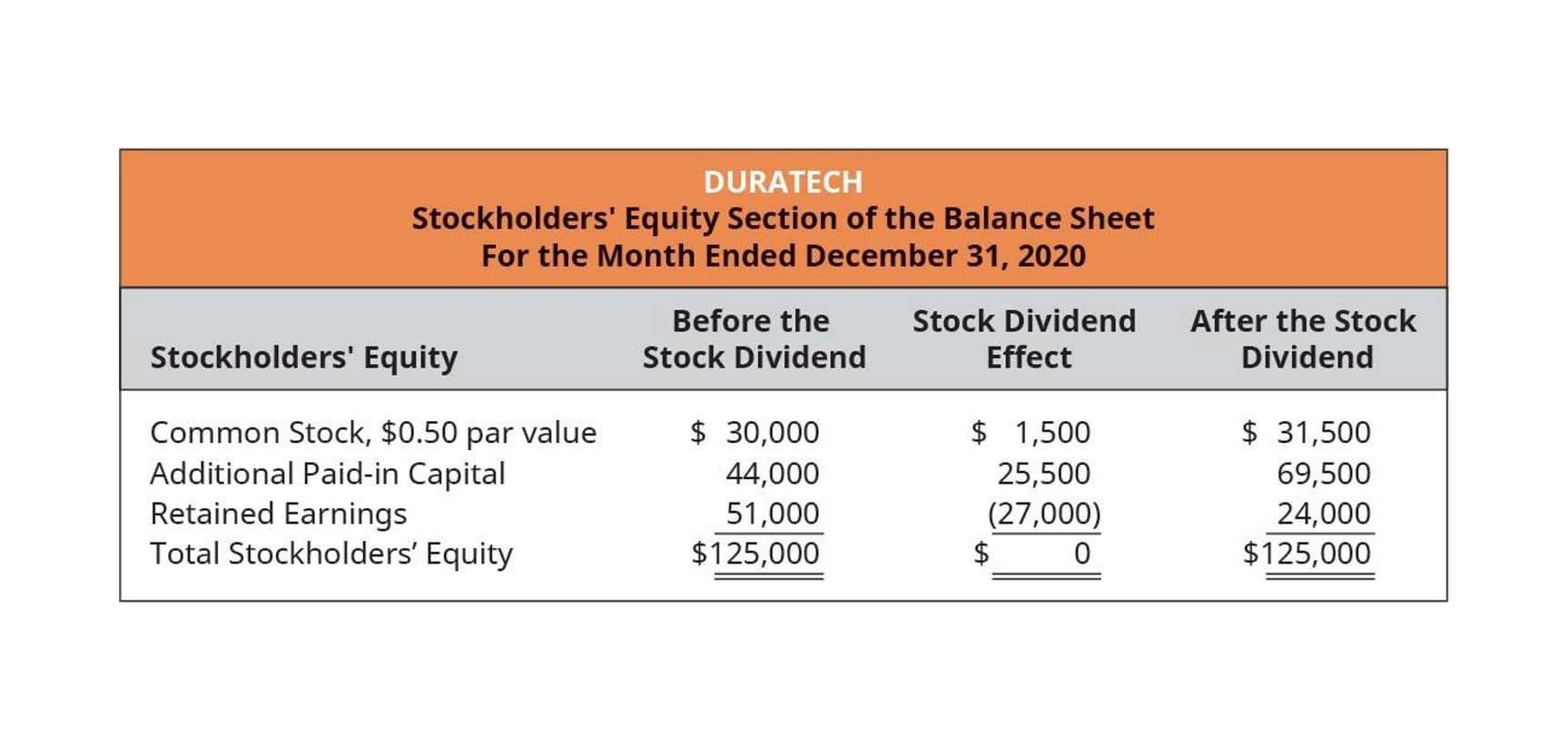Construction In Progress Accounting

During the construction phase, the company incurs various costs, including materials, labor, permits, and architectural fees. Instead of expensing these costs immediately, they are recorded as CIP on the balance sheet. Construction in progress is reported on the balance sheet as a separate line item, usually under the category of property, plant, and equipment.
What To Charge For Bookkeeping Services
- Once expenses are recorded, they need to be allocated to the appropriate asset account.
- This approach aligns with the matching principle in accounting, which states that expenses should be recognized in the same period as the revenues they help generate.
- A CFO, or Chief Financial Officer, is a senior executive responsible for managing the financial actions of a company.
- Construction in progress, also referred to as CIP, is an accounting term used to describe the temporary, special classification of assets under construction.
- Instead of immediately expensing these costs, they are recorded as CIP on the balance sheet.
- The article is to help you have a clear understanding of how to do accounting treatment of construction in progress in financial statements of a business.
- Conducting monthly or quarterly reviews allows for the identification of discrepancies and ensures that all costs are being recorded accurately.
In this comprehensive guide, we have explored the definition of CIP, its purpose, and the accounting treatment involved. We have also provided examples to illustrate its application in real-world scenarios. By capitalizing costs in progress, businesses can reflect the true value of ongoing projects, assess project feasibility, and ensure compliance with tax laws and regulations. The purpose of capitalizing assets in progress, commonly referred to as CIP, is to accurately reflect the costs and value of long-term projects in the financial statements. By categorizing and tracking these costs separately, businesses can better assess the financial impact of ongoing projects and make informed decisions.
Depreciation
- The presence of Construction-in-Progress (CIP) on financial statements can significantly influence a company’s financial health and performance metrics.
- Each method tells a different story about revenue, but neither method gives the whole story – that’s where the work in progress (WIP) method comes in.
- The basis for the effort expended can be labor hours, the material used, or machine hours.
- CIP accounts are crucial in construction accounting because they keep track of all the money spent on a project until final delivery.
- Construction in progress accounting is one of the essential categories for construction firms to track.
- The construction in progress balance reflects the sum of all the invoices received from all the parties involved in constructing the building.
After the asset is completed, depreciation is calculated and recorded on the income statement. Our knowledgeable team has decades of experience managing construction company accounts, and you can feel confident that we will navigate your company’s specific situation with care and expertise. Construction-work-in-progress accounts can be challenging to manage without proper training and experience.
How To record CIP in accounting
Whereas, if the account appears under the heading of ‘Inventory and assets,’ it is probably a ‘build to sell’ asset. Construction in progress, or most commonly known as CIP, is a fixed asset account with a natural debit balance. In addition to knowing what construction in progress accounting is, you should also know what’s involved when cip accounting term recording the account.


The Completed-contract method is an accounting method of work-in-progress evaluation, for recording long-term contracts. GAAP allows another method of revenue recognition for long-term construction contracts, the percentage-of-completion method. It would be unrealistic for the business to record no revenue for the years they are working on the ship and then record a few million dollars in the year the ship is finished. Instead, they recognize revenue and expense by allocating it to accounting periods over the life of the project, based on how much of the project is finished. Revenues and gross profit are recognized each period based on Bookkeeping for Chiropractors the construction progress, in other words, the percentage of completion. Construction-in-progress are generally not classified as inventory as it would not be in-line with IAS2.9 (Inventories to be stated at lower of cost or NRV).

Efforts Expended Method
- These changes must be carefully documented and approved to ensure that the additional revenue and costs are accurately reflected in the financial statements.
- Understanding CIP accounting is essential for project managers, accountants, and stakeholders to make informed decisions and maintain financial health throughout the project’s lifecycle.
- The capital costs are debited to construction in progress and in most cases credited to accounts payable.
- The construction in progress can be the largest fixed asset account due to the possibility of time it can stay open.
Companies track one or more construction projects under the CIP heading until construction is petty cash complete. Because office buildings, multifamily properties and warehouses may take several years to complete, this “temporary” classification may remain on a company’s books for several years. Companies that build and manage properties may maintain separate CIP accounts for each property under development to facilitate the tracking of project expenses.

Establishing CIP Accounts:
- Managing Construction-in-Progress (CIP) in a multi-project environment introduces additional layers of complexity that require sophisticated strategies and tools.
- Instead of expensing these costs immediately, they are recorded as CIP on the balance sheet.
- However, once the project is completed and the costs are transferred from CIP to fixed assets, depreciation begins.
- Our knowledgeable team has decades of experience managing construction company accounts, and you can feel confident that we will navigate your company’s specific situation with care and expertise.
- By capitalizing these costs, companies can more accurately calculate and support their tax deductions, ensuring compliance with applicable tax laws.
- To simplify it, the CIP account is just an account that records all the different expenditures during a construction project.
For instance, if a cement manufacturing company is expanding the manufacturing unit. It will use cement from its own inventory, therefore, debiting the inventory account. Company ABC would now start to depreciate the equipment since the project finished.
